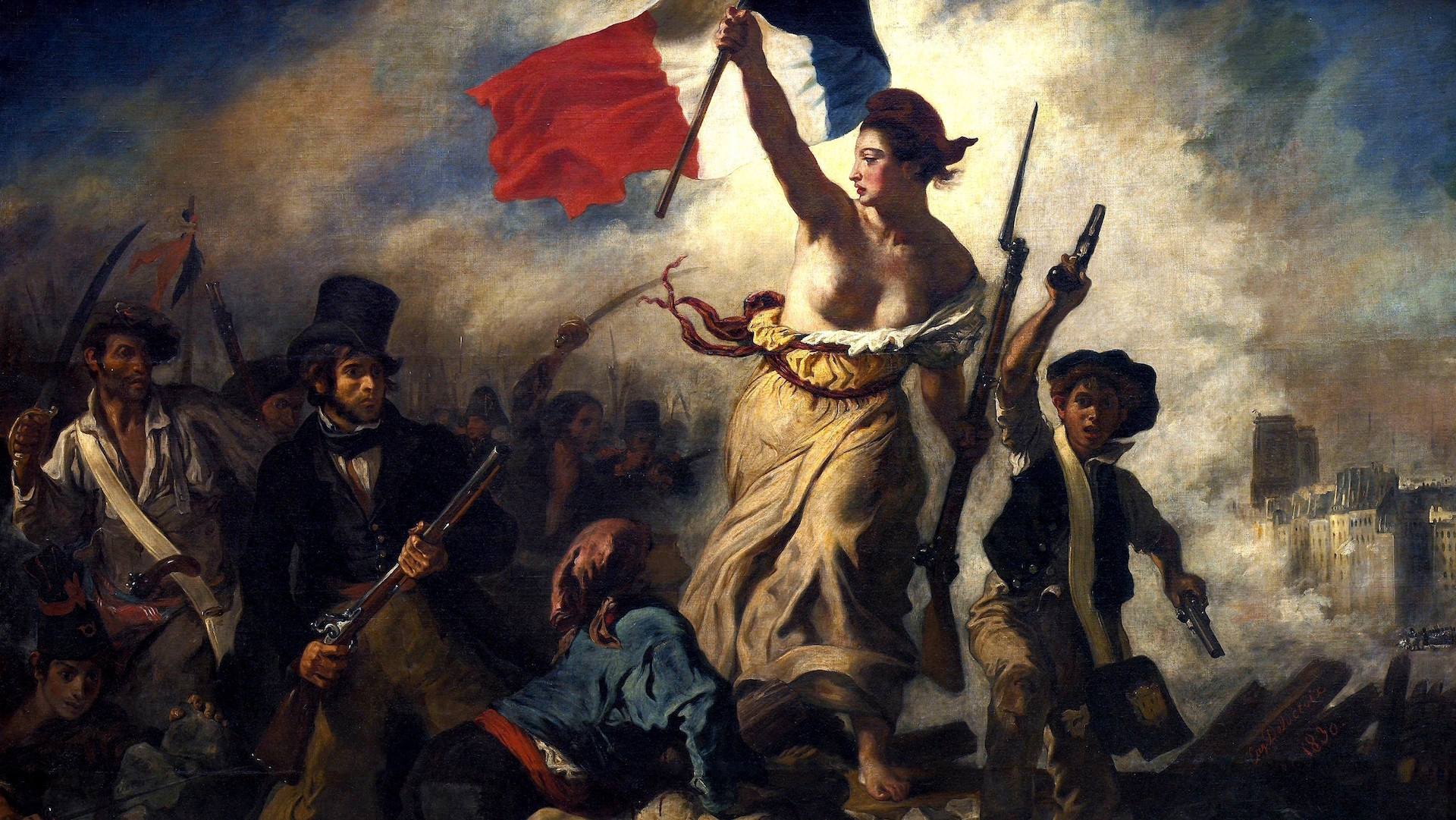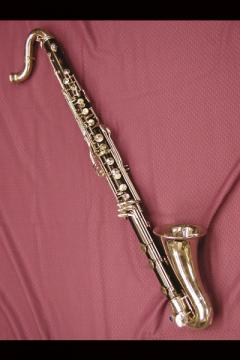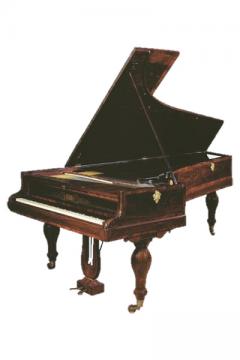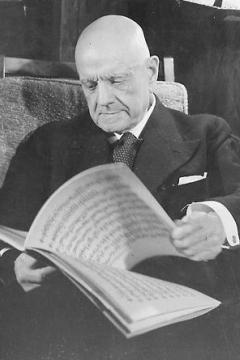Romantic era
Helsingin kaupunginorkesteri. Leif Segerstam, kapellimestari.
Ondine 2002.
The Romantic ideal focused on the struggle of the heroic individual against the tempests of the world. Romanticism was all about nature, history and the emotions of the individual. In music, an exploration for new forms of expression pushed the boundaries outward. Orchestras became larger, harmonies expanded beyond the neat confines of the Classical era, and new instruments were developed to produce new tonal colour. The cult of the virtuoso soloist emerged. Composers began to be increasingly precise about how their works should be performed, and this brought a new dynamic to the roles of composer, conductor and musician. Towards the end of this era, recording technology began to influence how music was written.
The people who are absent are the ideal; those who are present seem to be quite commonplace. –Johann Wolfgang von Goethe
Composers in the old days used to keep strictly to the base of the theme, as their real subject. Beethoven varies the melody, harmony and rhythms so beautifully! –Johannes Brahms
Early Romantic composers
Felix Mendelssohn-Bartholdy (1809–1847)
Robert Schumann (1810–1856)
Franz Schubert (1797–1828)
Beloved symphonic composers
Johannes Brahms (1833–1897)
Anton Bruckner (1824–1896)
Petr Tchaikovsky (1840–1893)
Giants
Richard Strauss (1864–1949)
Gustav Mahler (1860–1911)
Richard Wagner (1813–1883)
Exotic lands
Edward Elgar (1857–1939)
Jean Sibelius (1865–1957)
Edvard Grieg (1843–1907)
Opera stars
Giuseppe Verdi (1813–1901)
Giacomo Puccini (1858–1924)
Georges Bizet (1838–1875)








